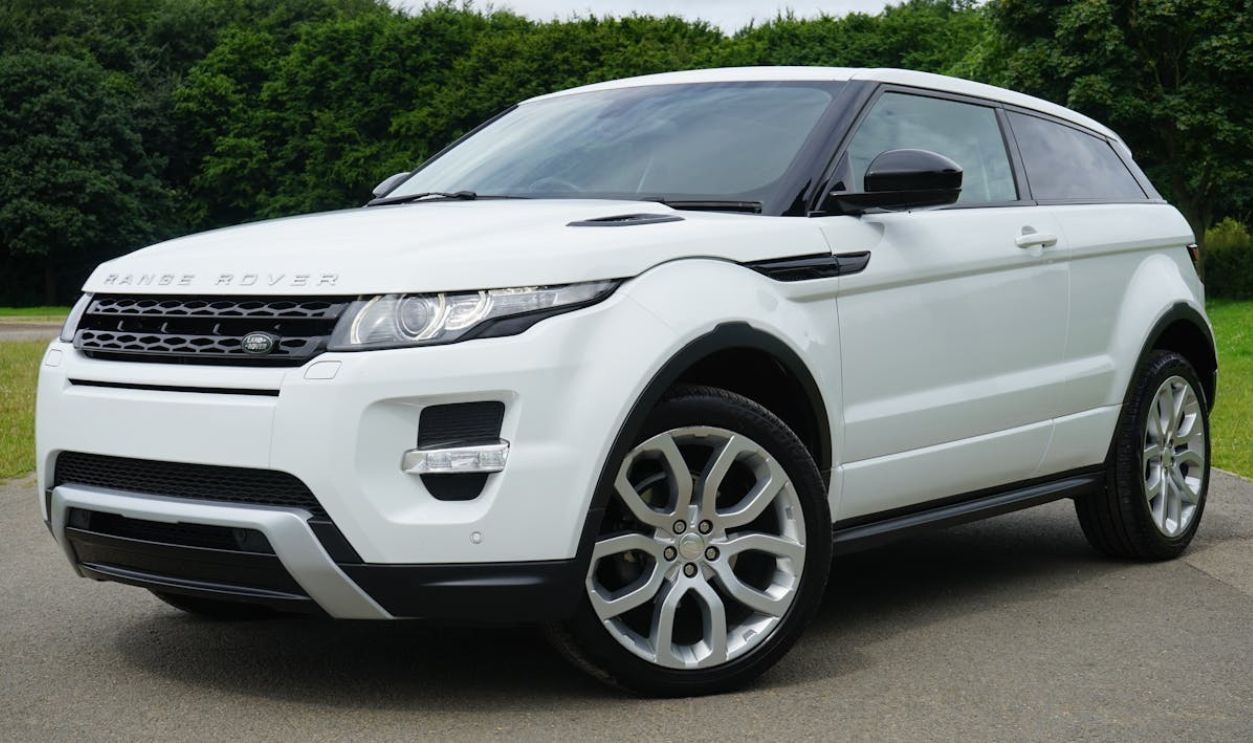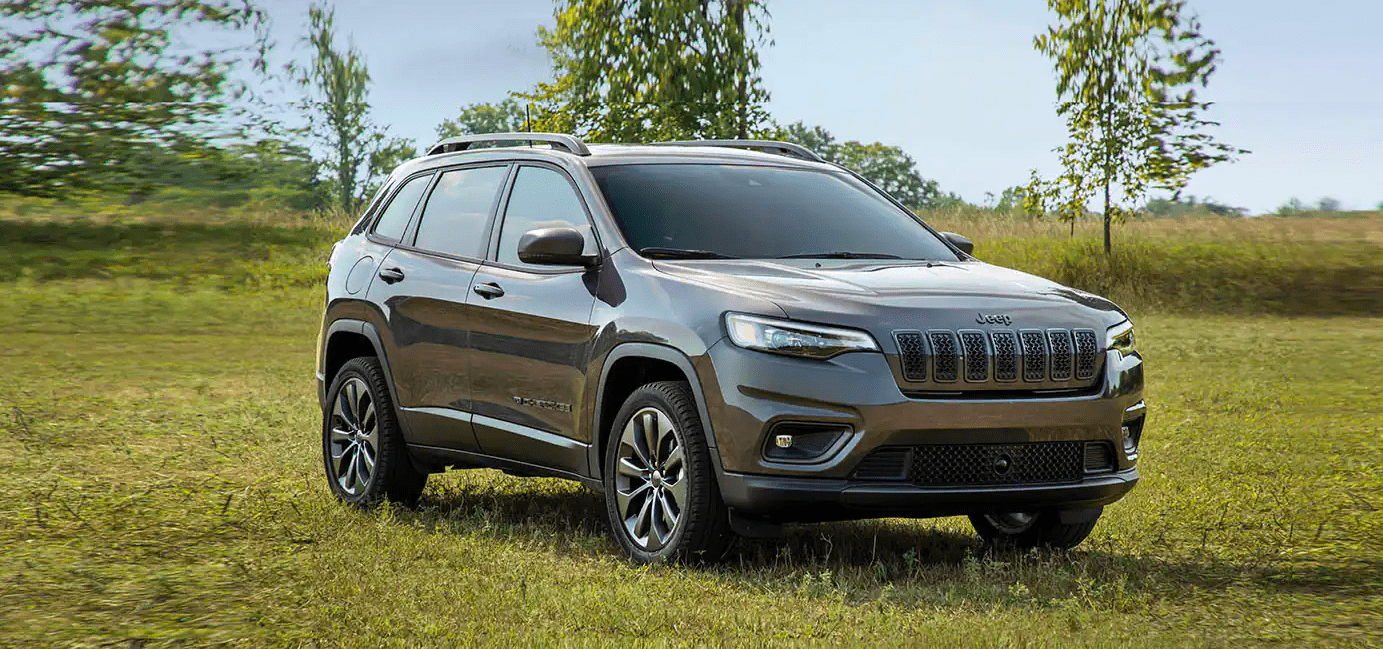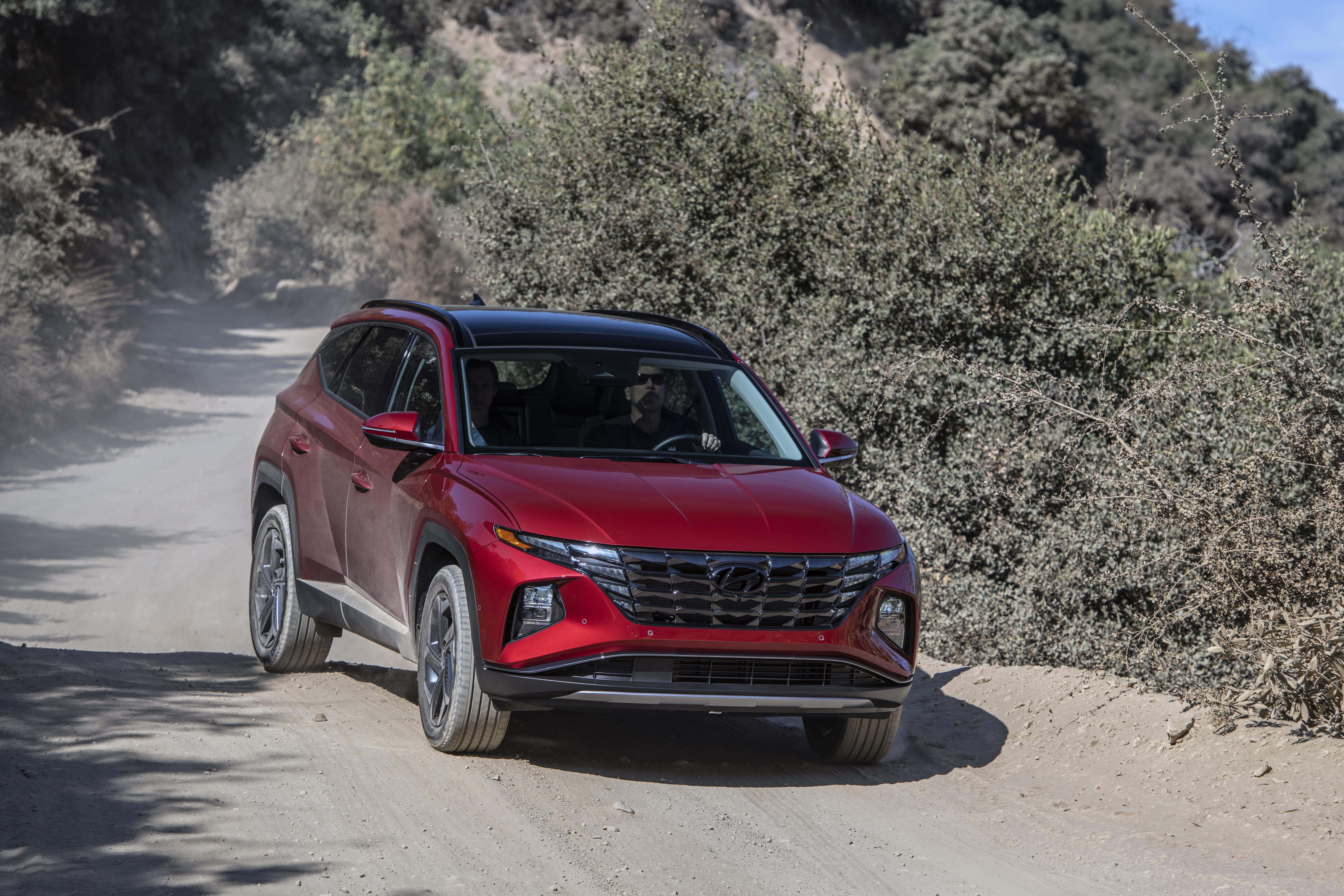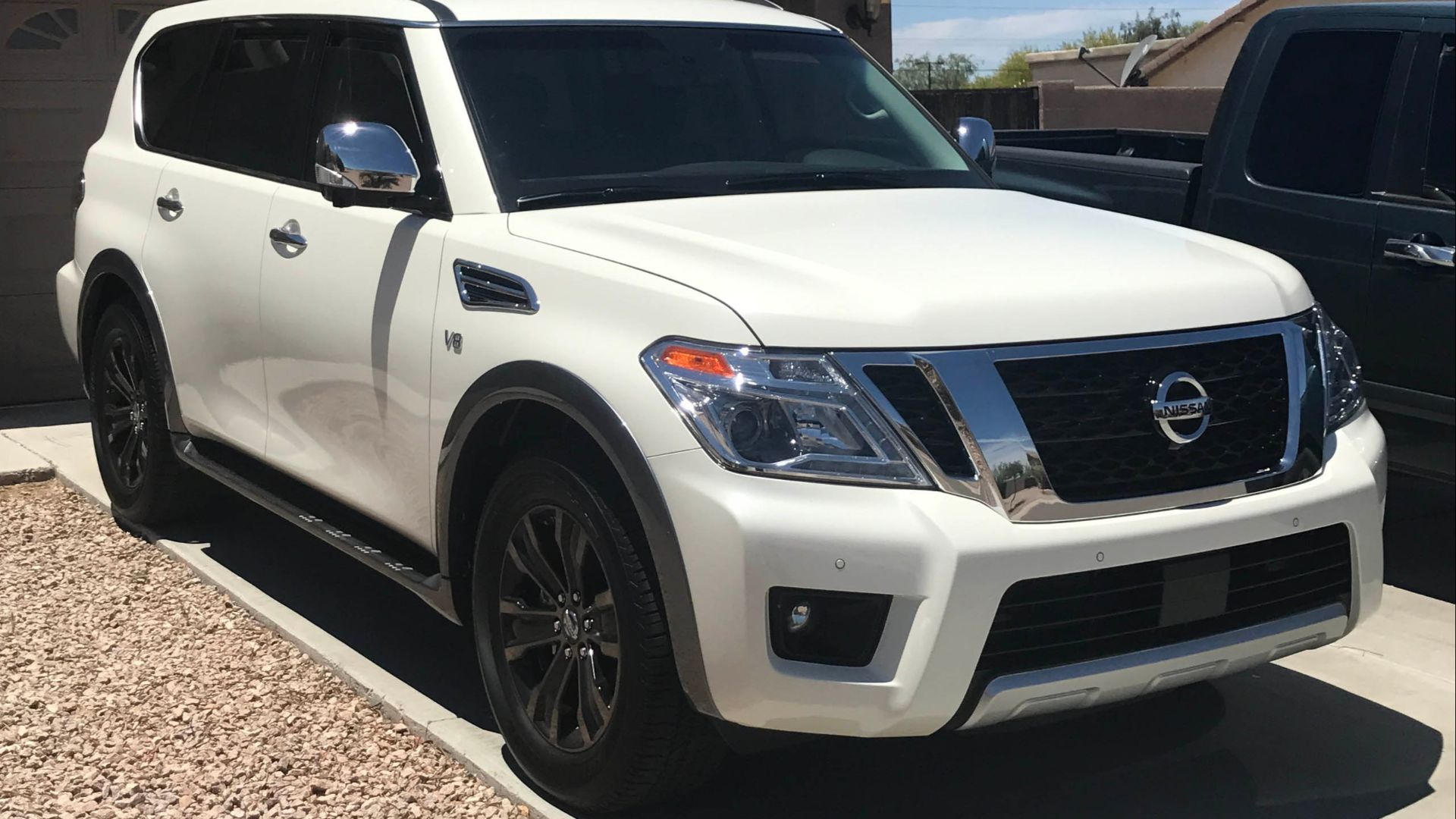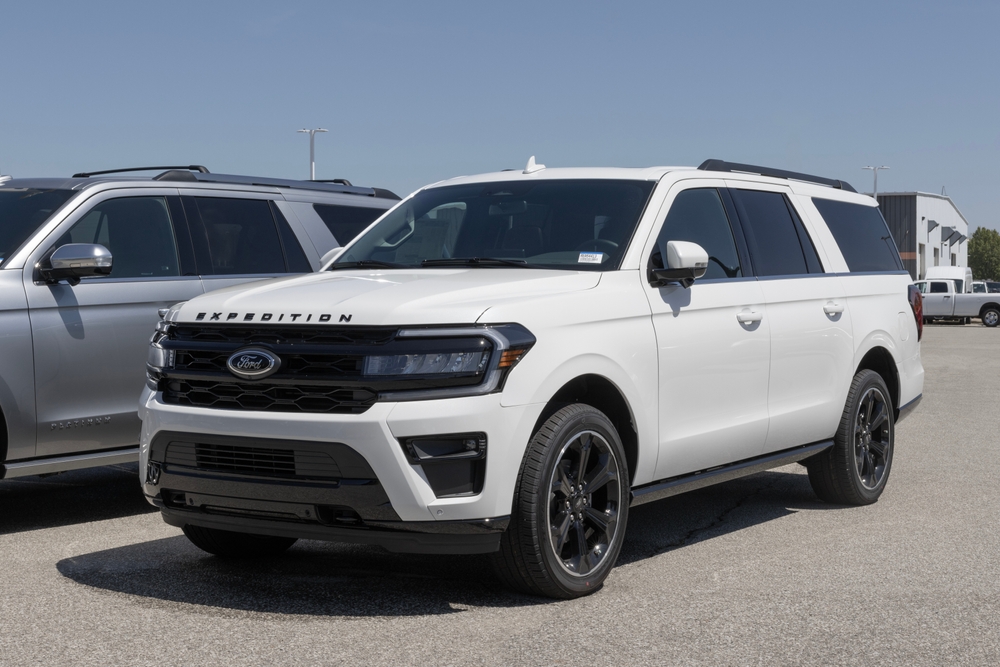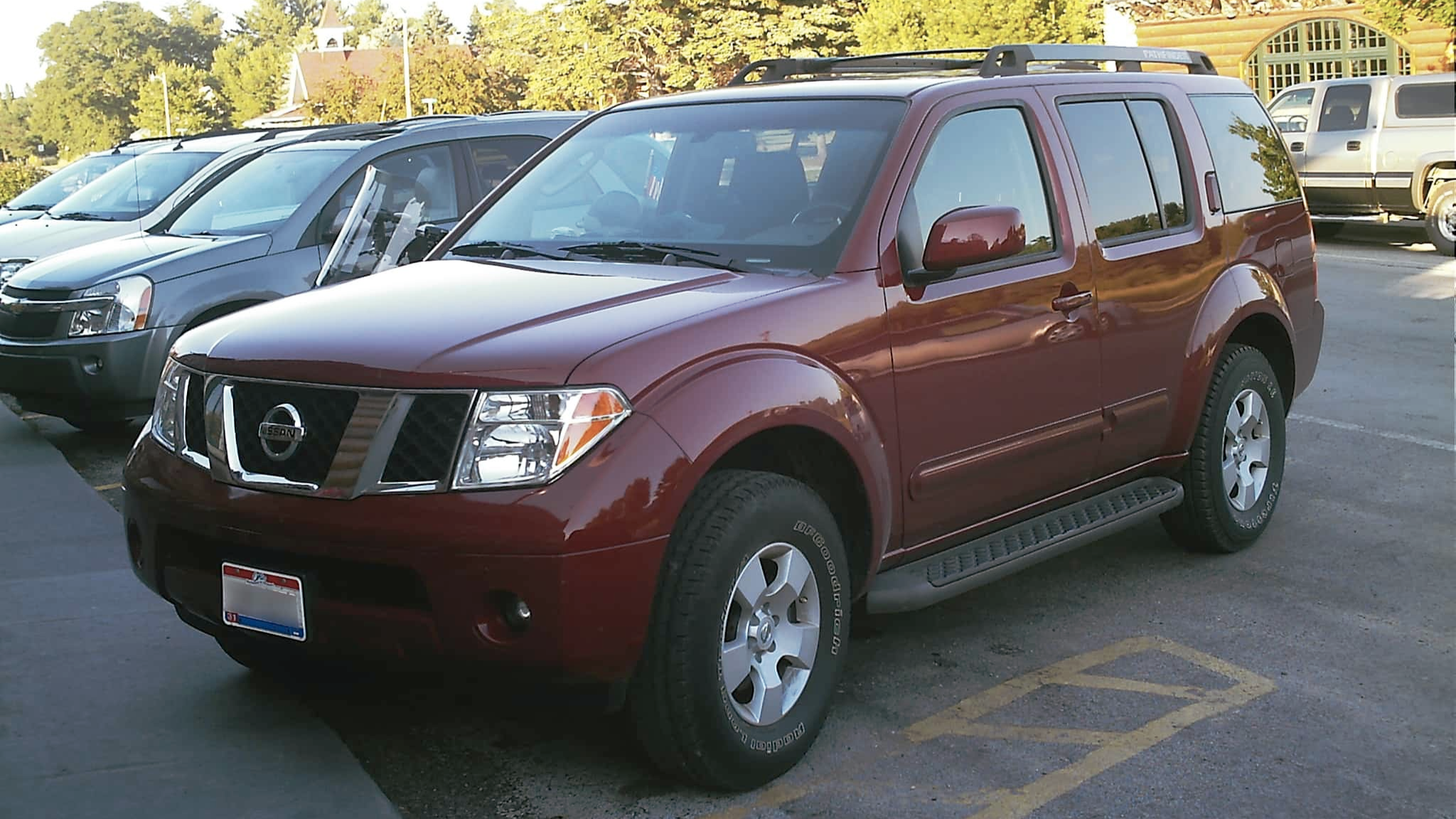Popular SUVs That Are Not Worth The Cost
There doesn’t seem to be a limit to the popularity of SUVs, despite the extra cost, worries about the economy, and gas prices—North Americans love their SUVs. The SUV market in the US is projected to reach $300 billion with individual vehicles costing an average of $47,000. If you’re determined to buy an SUV this year, keep reading to find out what models are not worth your time or your money.
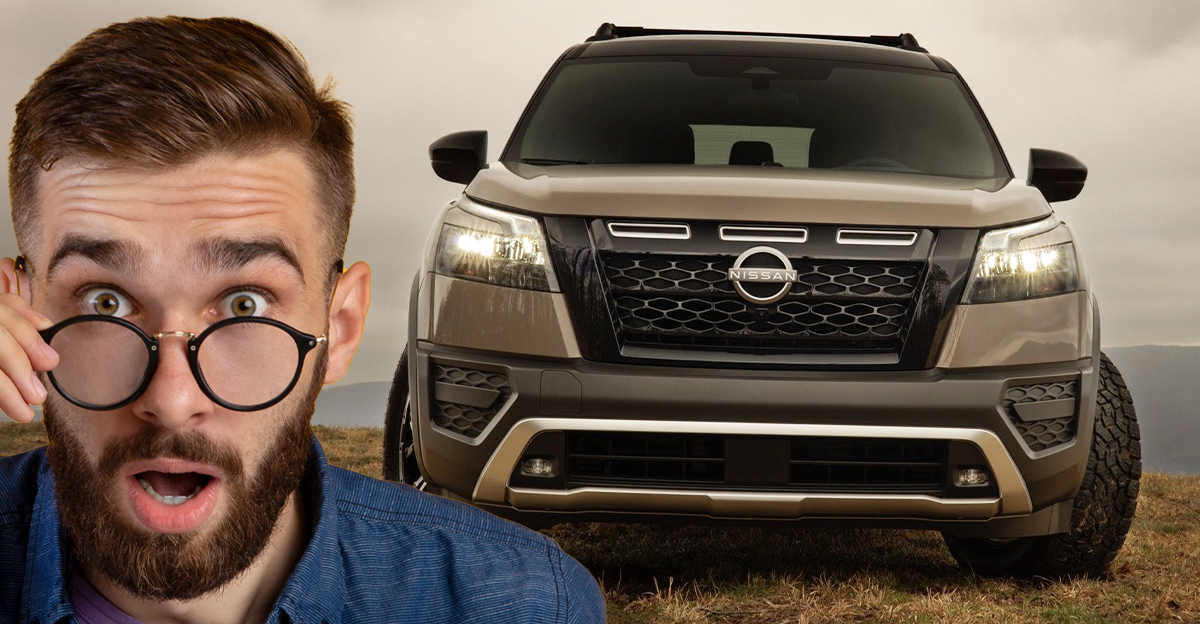
Land Rover Range Rover & Land Rover Discovery
Land Rover’s SUVs don’t have the best reputation to begin with as they are seen as unreliable and provide less value for the money. One of the primary concerns is the resale value. Land Rovers are notorious for their depreciation over a relatively short period.
 Vauxford, CC BY-SA 4.0, Wikimedia Commons
Vauxford, CC BY-SA 4.0, Wikimedia Commons
Land Rover Range Rover & Land Rover Discovery
The other concerns are over repair costs. Buying a Land Rover means that electrical, turbo, or coolant issues will be costly. With both the Range Rover and Discovery, general maintenance will be expensive when you factor in parts and labor.
Toyota 4Runner
Toyota’s 4Runner comes with a solid reputation and experts feel that the vehicle’s best features may be wasted. It really is built for off-road, but most SUV owners end up sticking to the paved streets.
Toyota 4Runner
If you know you’ll be using its off-road capability, you can’t go wrong with the Toyota 4Runner. If you’ll only be doing city and highway driving, a cheaper SUV would be a better choice. Why pay for what you don’t use?
 Kevauto, CC BY-SA 4.0, Wikimedia Commons
Kevauto, CC BY-SA 4.0, Wikimedia Commons
Volkswagen Taos
Consumer Reports rates the Volkswagen Taos as the second-least reliable SUV on the market. The upkeep of the Taos is significant. They are known for needing frequent repairs and those repairs can be expensive.
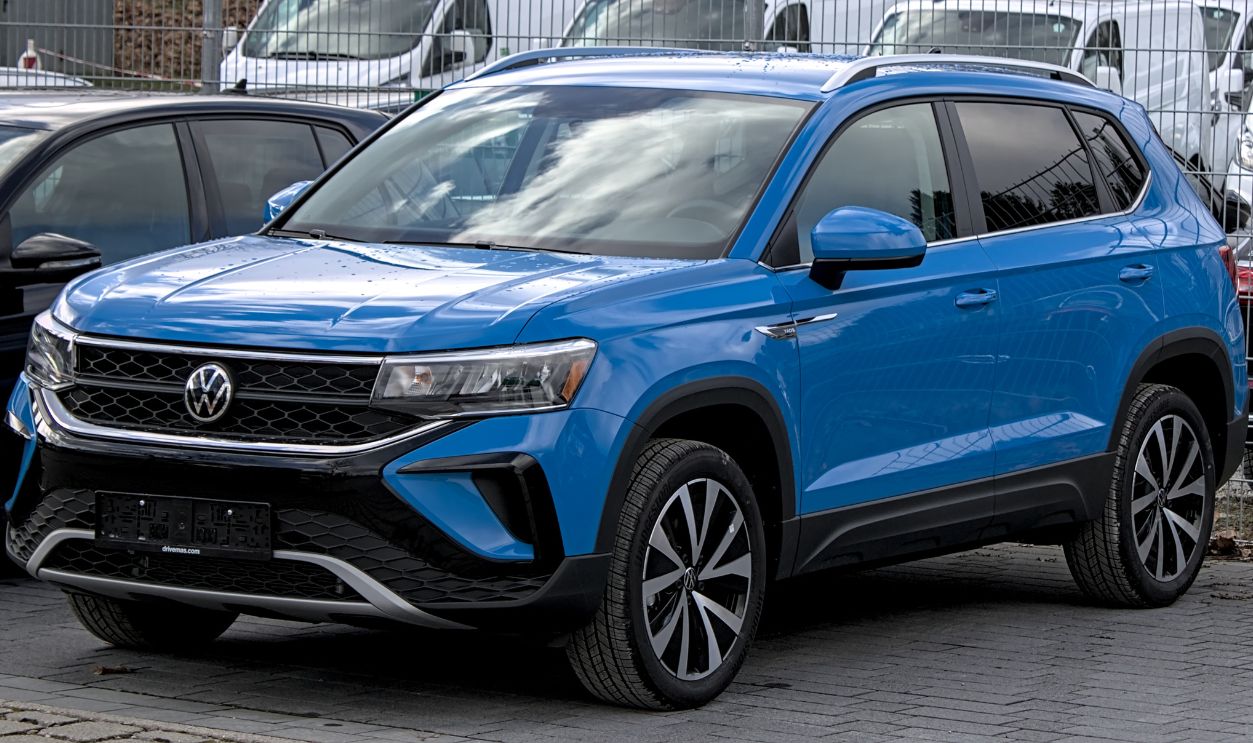 Alexander Migl, CC BY-SA 4.0, Wikimedia Commons
Alexander Migl, CC BY-SA 4.0, Wikimedia Commons
Volkswagen Taos
For the initial cost factor, the Taos is pretty good, running around $26,000 for 2025 models. That’s significantly lower than the average. However, if you factor in the maintenance costs, you may end up spending far more just to keep it running. You’ll have to ask yourself if the lower cost is worth it.
 Mateusmatsuda, CC BY 4.0, Wikimedia Commons
Mateusmatsuda, CC BY 4.0, Wikimedia Commons
Jeep Cherokee, Jeep Wagoneer, Jeep Wrangler & Jeep Gladiator
Where the Volkswagen Taos was rated the second-worst SUV on the market by Consumer Reports, the Jeep Wrangler and Grand Cherokee were in 10th and ninth place, respectively. Reliability was the big factor in this ranking, with the Wrangler at 27/100 in the reliability score and the Grand Cherokee right behind with 26.
Jeep Cherokee, Jeep Wagoneer, Jeep Wrangler & Jeep Gladiator
The main issues for the Cherokee were electrical, transmission, and oil consumption. For the Wagoneer, it’s considered to be overpriced and has terrible depreciation.
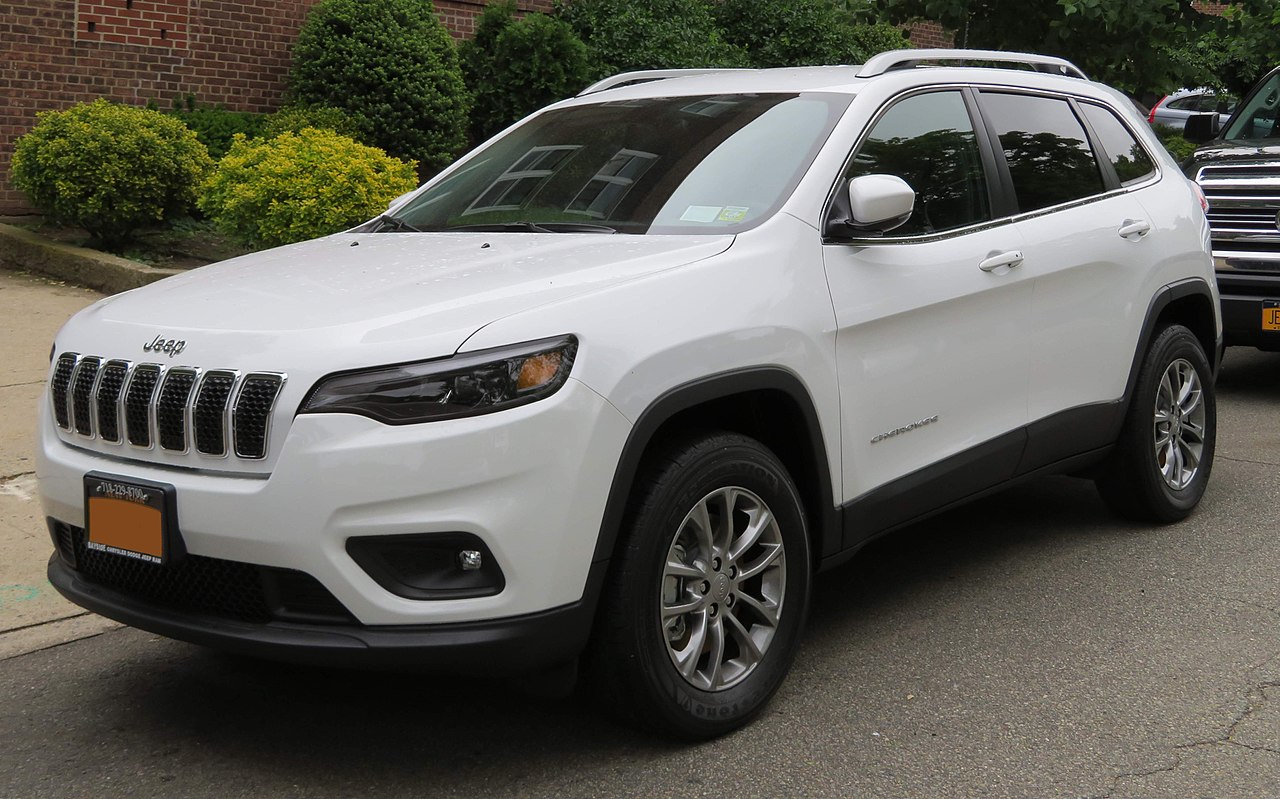 Kevauto, CC BY-SA 4.0, Wikimedia Commons
Kevauto, CC BY-SA 4.0, Wikimedia Commons
Jeep Cherokee, Jeep Wagoneer, Jeep Wrangler & Jeep Gladiator
Neither the Wrangler nor the Gladiator have engine longevity. They’re best off-road but with time, they become less reliable on the highway.
 Kevauto, CC BY-SA 4.0, Wikimedia Commons
Kevauto, CC BY-SA 4.0, Wikimedia Commons
Hyundai Tucson
The Hyundai Tucson rates above average in the RepairPal reliability ranking, but some experts cite engine and transmission issues to be of concern. There is a high engine failure rate, but Hyundai has been improving its reliability of late. So, if you do buy a Tucson, avoid older models, especially 2011, 2012, and 2015-2017.
Ford Escape EcoBoost & Ford EcoSport
Ford’s Escape EcoBoost and EcoSport have several noticeable differences inside and out, the EcoSport being smaller. In both cases, durability issues are a factor, and you may find yourself with some major repairs.
 Dinkun Chen, CC BY-SA 4.0, Wikimedia Commons
Dinkun Chen, CC BY-SA 4.0, Wikimedia Commons
Ford Escape EcoBoost & Ford EcoSport
There are problems with the coolant, with carbon buildup, and with oil consumption. In addition to that, some major engine issues will end up costing you a great deal over time. Likewise, with these issues, you’ll find they have terrible depreciation.
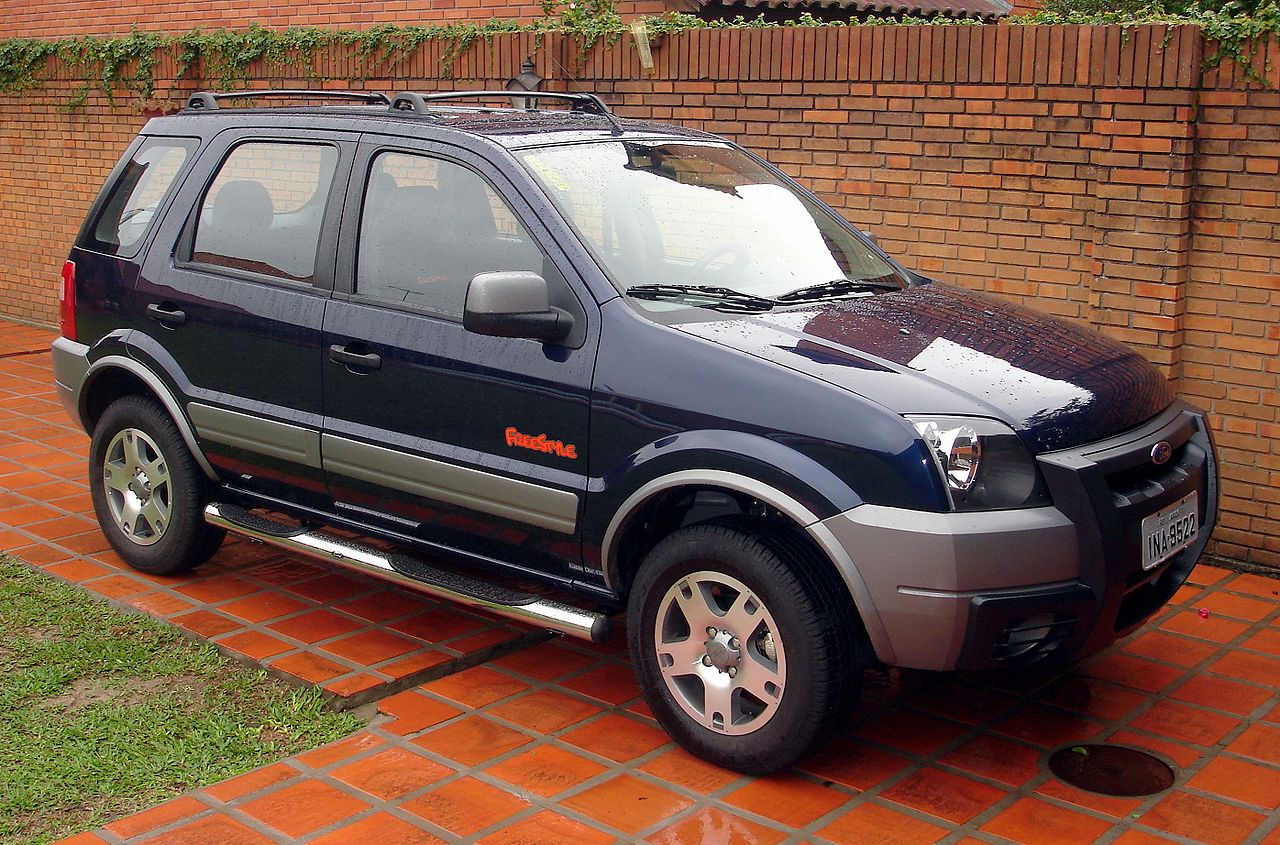 Fernando S. Aldado, CC BY-SA 3.0, Wikimedia Commons
Fernando S. Aldado, CC BY-SA 3.0, Wikimedia Commons
Full-Size SUVs
When you look at several full-size SUVs as a group, there are some models to avoid.
The Chevrolet Tahoe and Suburban, Lincoln Navigator, and Cadillac Escalade are all SUVs you may want to reconsider.
Full-Size SUVs
First of all, their cost is prohibitive. As large SUVs, they’re of course heavy, but with that comes a lack of aerodynamics. These behemoths are also gas guzzlers and you’ll be paying a lot to fill up.
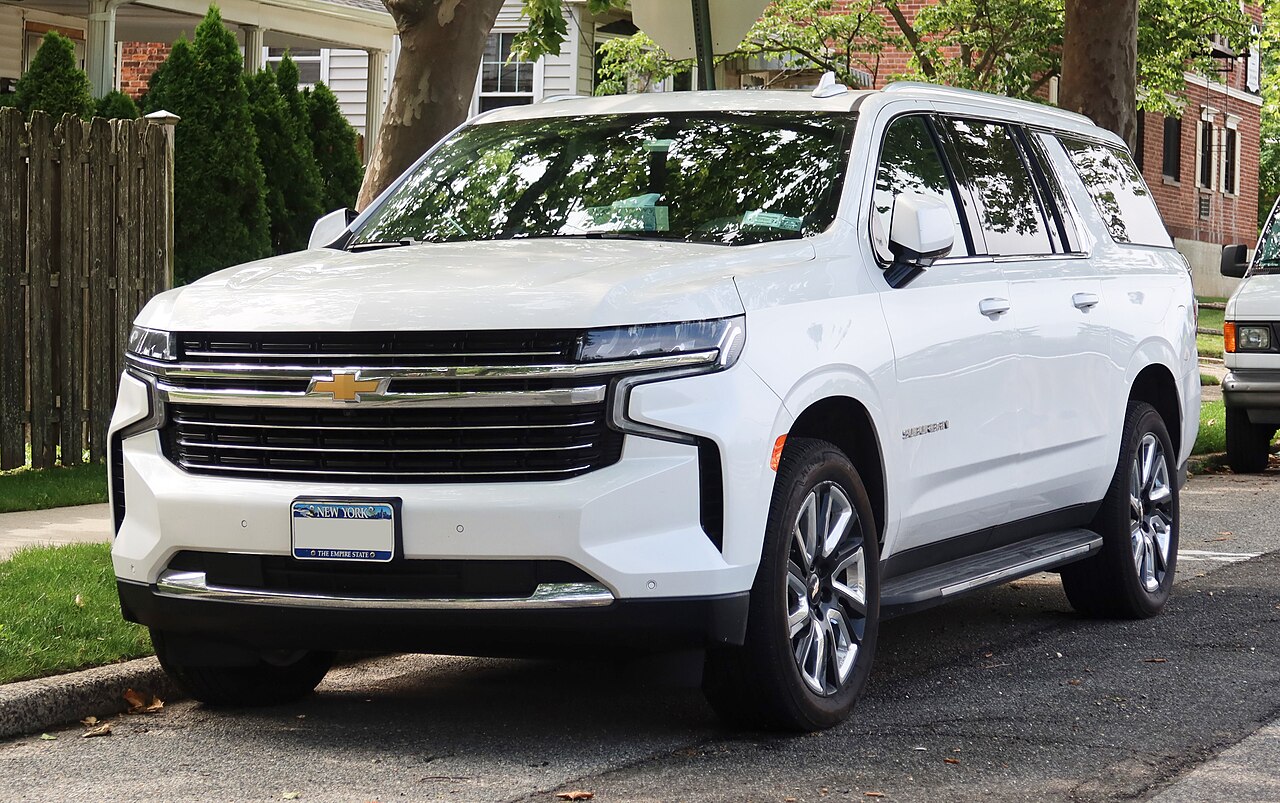 Kevauto, CC BY-SA 4.0, Wikimedia Commons
Kevauto, CC BY-SA 4.0, Wikimedia Commons
Full-Size SUVs
For a large family or towing, they’re ideal. Most people who go for the larger SUVs are not really using them for towing. You need to think if this size is something you really need.
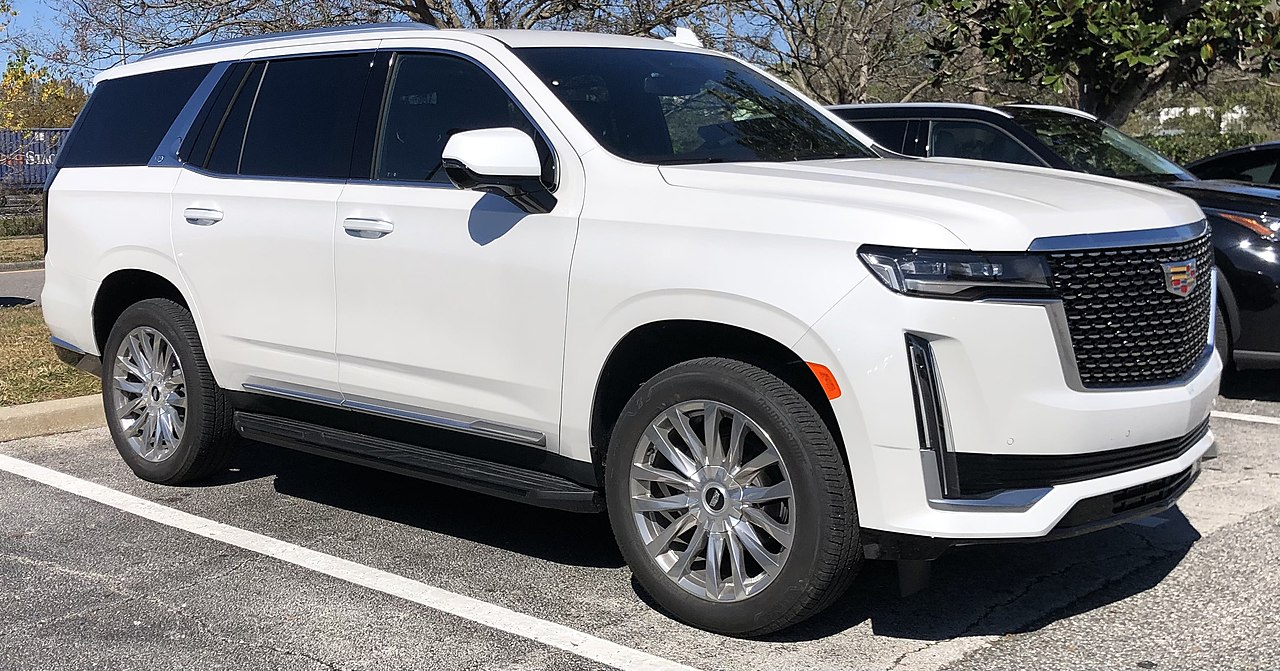 Bull-Doser,, Wikimedia Commons
Bull-Doser,, Wikimedia Commons
Luxury SUVs
Similar to the large SUVs, luxury vehicles come with a huge price tag. When looking at the Range Rover Evoque, Mercedes G550/GLS/EQS, Audi RS Q8, Lexus LX, and BMW X7, the cost will be a big factor.
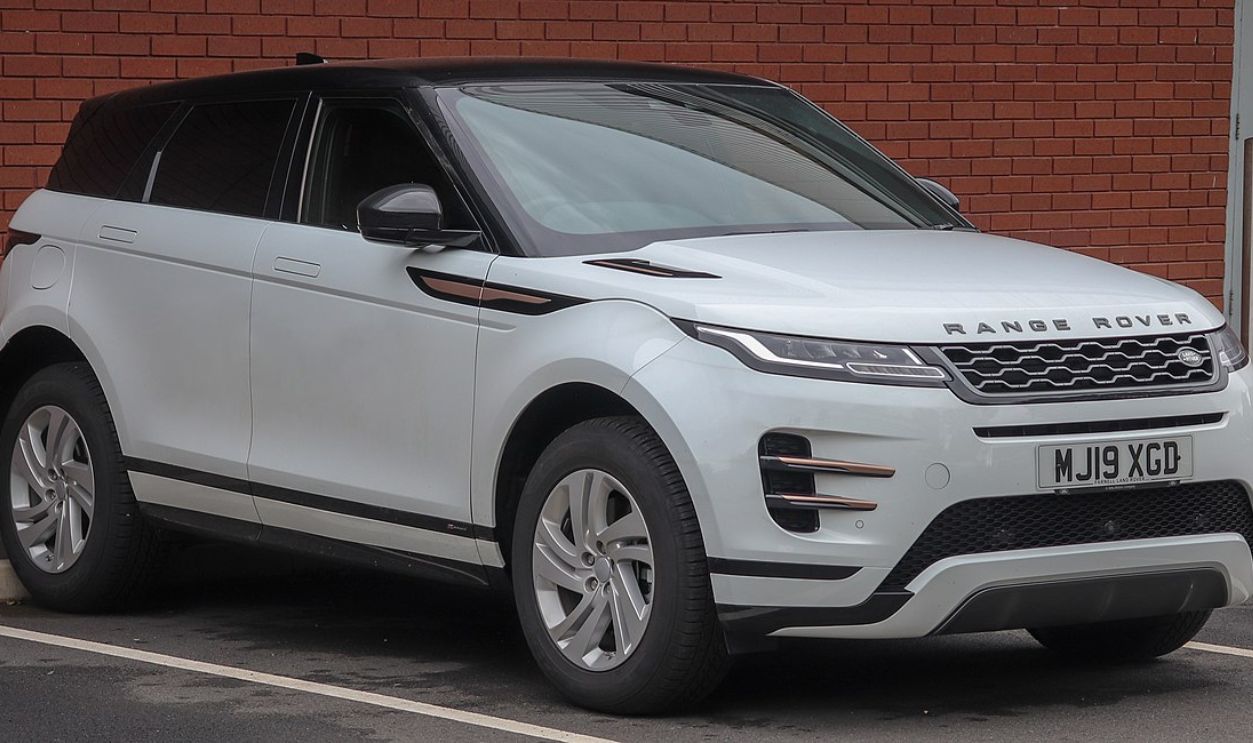 Vauxford, CC BY-SA 4.0, Wikimedia Commons
Vauxford, CC BY-SA 4.0, Wikimedia Commons
Luxury SUVs
Again, you may need to ask yourself if that cost is worth what you’re getting in the end. The features you get with the luxury models are really not all that different from lower-priced SUVs.
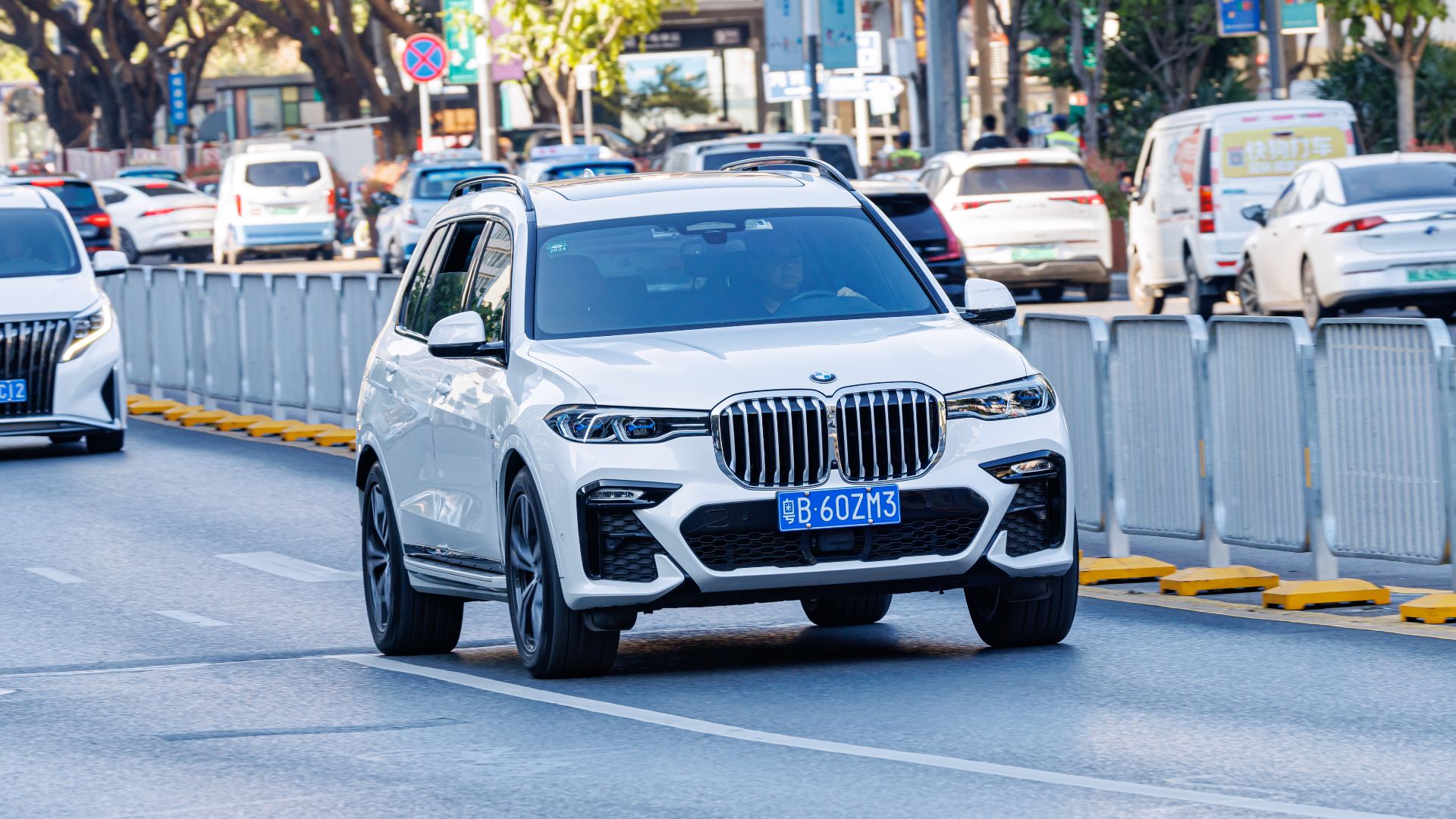 Dinkun Chen, Wikimedia Commons
Dinkun Chen, Wikimedia Commons
Luxury SUVs
Another consideration is finding a shop to maintain the vehicle. Simply put, many shops won’t touch them. If you’re shelling out over $100,000 for an SUV, you may want to think about what you’re getting and if you want to pay even more for maintenance.
 OWS Photography, CC BY 4.0, Wikimedia Commons
OWS Photography, CC BY 4.0, Wikimedia Commons
Nissan Armada
The main issue with the Nissan Armada is the fuel economy. The Armada boasts a 400-horsepower V8 engine but with that comes the major expense of keeping it filled up. There are issues with interior space utilization and much of the design elements are dated.
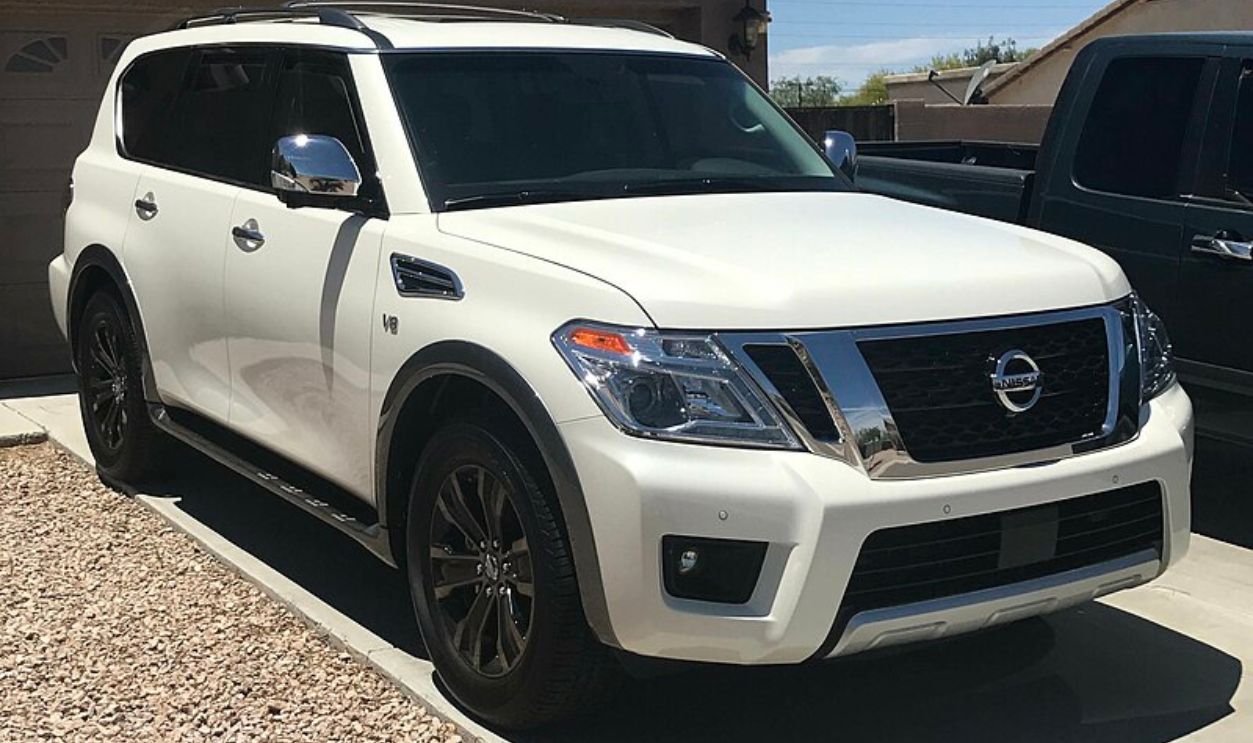 Bravosser, CC BY-SA 4.0, Wikimedia Commons
Bravosser, CC BY-SA 4.0, Wikimedia Commons
Nissan Armada
For the price of the Armada, a more up-to-date engine design and interior layout should be expected. As a supposed eight-passenger vehicle, the seating is cramped.
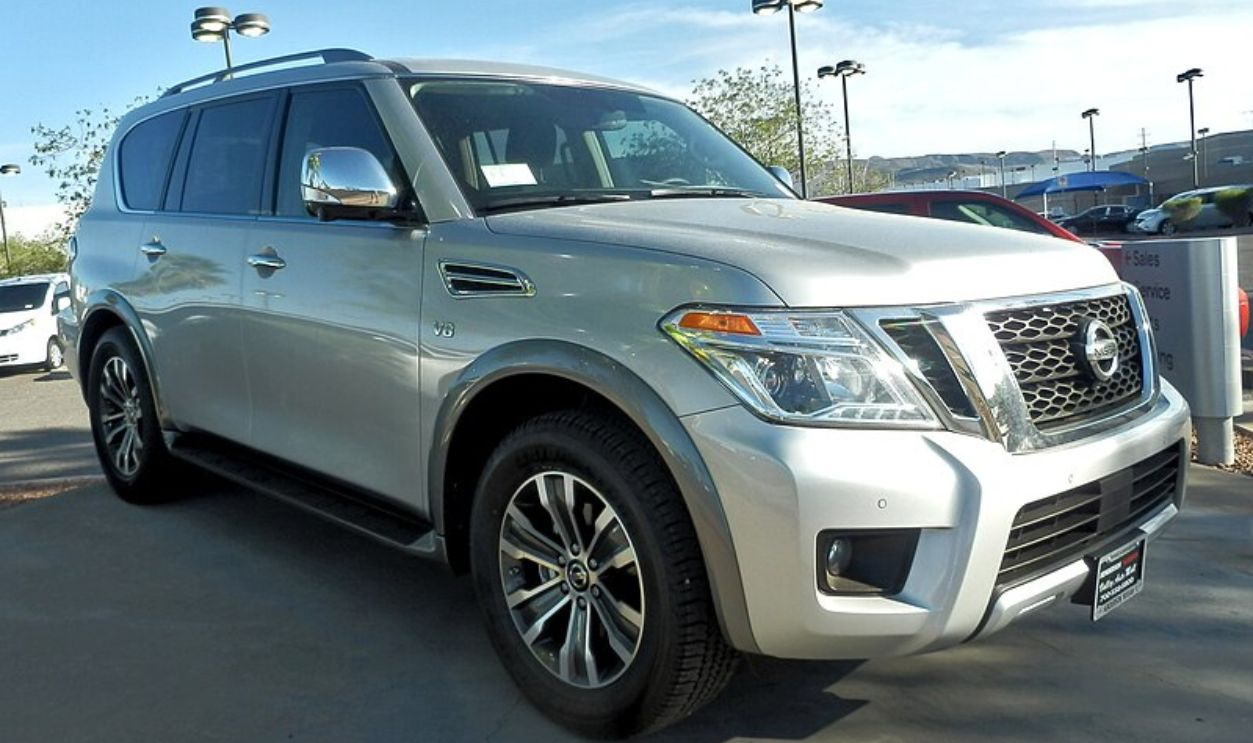 Alexander Migl, CC BY-SA 4.0, Wikimedia Commons
Alexander Migl, CC BY-SA 4.0, Wikimedia Commons
Nissan Armada
The high load floor makes cargo loading a challenge, especially for a family vehicle. While boasting a premium price point, the Armada is unwieldy and has poor maneuverability, things that you may want to take into consideration.
Ford Expedition
The Ford Expedition is known as a family-friendly SUV. However, its reputation is somewhat undermined by some issues with reliability. There are also issues with the costs of maintenance that need to be considered.
 Kevauto, CC BY-SA 4.0, Wikimedia Commons
Kevauto, CC BY-SA 4.0, Wikimedia Commons
Ford Expedition
The transmission problems in many units can lead to excessive repair costs. There are also issues with paint peeling and bubbling on its aluminum body panels. As a family vehicle that’s meant to be used daily, its size is prohibitive when parking or driving in dense urban areas.
Ford Expedition
The Expedition is expensive, and it has a substantial depreciation on top of the costly repairs that will most likely be needed. Its ample interior space is a bonus, but families may want to consider more mechanically reliable and more cost-effective alternatives.
 deathpallie325, CC BY-SA 4.0, Wikimedia Commons
deathpallie325, CC BY-SA 4.0, Wikimedia Commons
GMC Yukon XL
The GMC Yukon XL is a luxury SUV. As such, its cost of ownership is huge. Over five years, the costs of ownership of the Yukon XL can reach over $90,000. This includes the significant depreciation of over $45,000, plus high insurance costs and maintenance.
GMC Yukon XL
The Yukon XL’s fuel efficiency rating is a problem even among other large SUVs. For long distances, much more frequent fuel stops will be needed because of the size but also its poor efficiency. As a large vehicle, it offers great interior space, but this may not justify all the other excessive costs.
 Kevauto, CC BY-SA 4.0, Wikimedia Commons
Kevauto, CC BY-SA 4.0, Wikimedia Commons
Hyundai Kona EV
Priced competitively, the Kona EV still struggles with several limitations. Noise is a big factor, both road noise penetration and wind noise are considerable. Problems with the suspension tuning mean the vehicle has a tendency to bounce and its handing is poor overall.
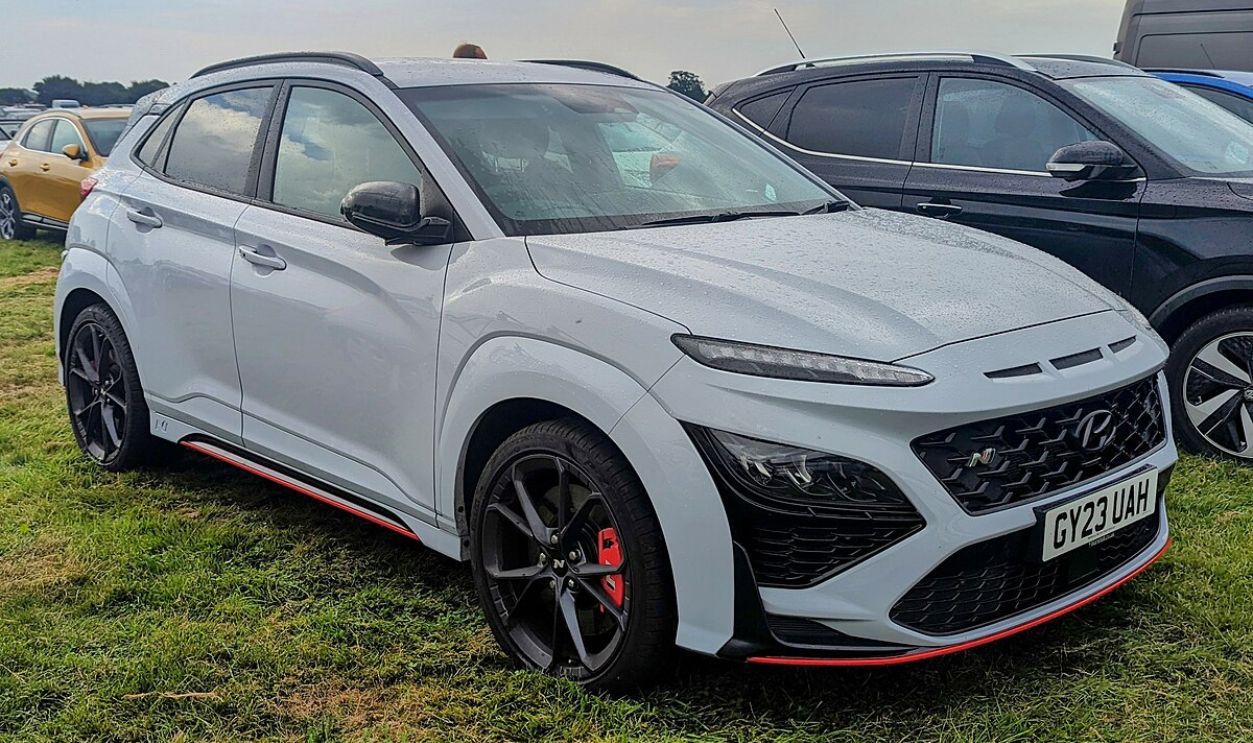 Calreyn88, CC BY-SA 4.0, Wikimedia Commons
Calreyn88, CC BY-SA 4.0, Wikimedia Commons
Hyundai Kona EV
Environmentally, the Kona EV falls short of estimates. The vehicle is particularly sensitive to different driving styles and drivers find themselves having to be overly cautious. The interiors are not designed with the greatest efficiency, with limits to both passenger and cargo capacity.
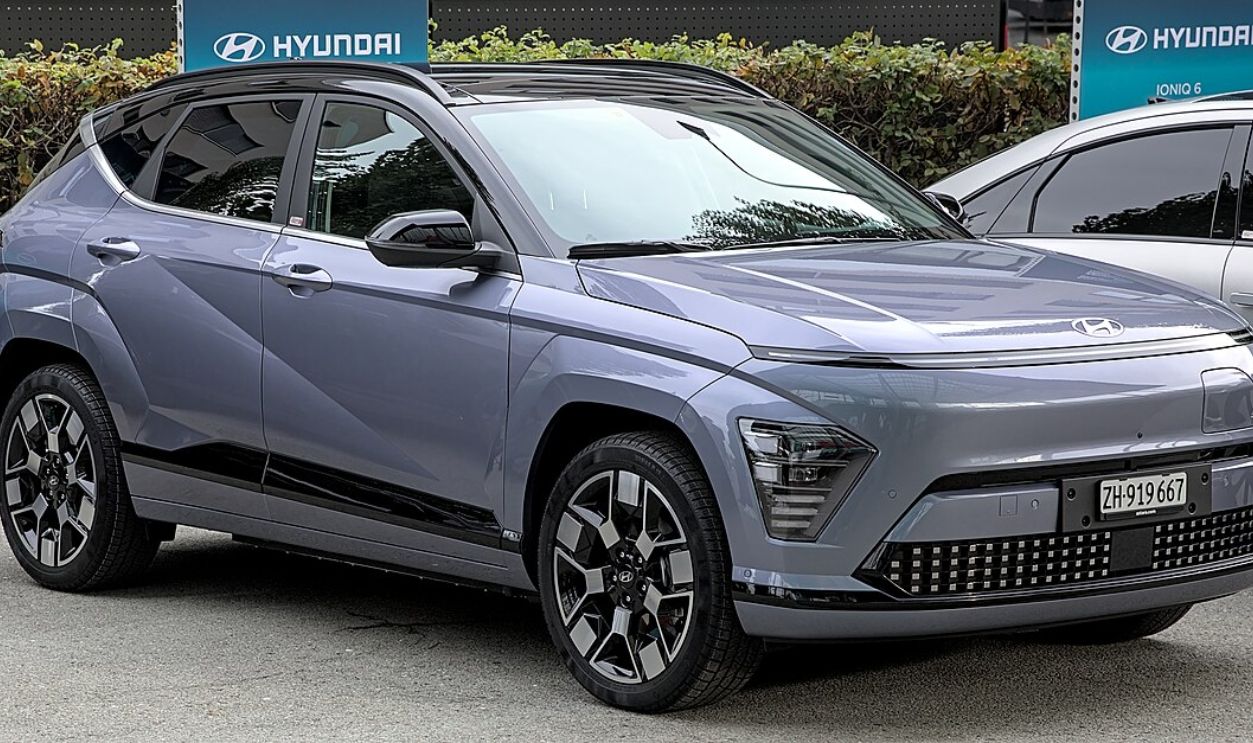 Alexander-93, CC BY-SA 4.0, Wikimedia Commons
Alexander-93, CC BY-SA 4.0, Wikimedia Commons
Buick Enclave
The Buick Enclave's attempt to compete in the SUV market was not the most successful. It has a number of shortcomings that diminish its value as a premium AUV. Starting at $43,900 for the base model, buyers are then forced to spend more on upgrades that should be standard.
 MercurySable99, CC BY-SA 4.0, Wikimedia Commons
MercurySable99, CC BY-SA 4.0, Wikimedia Commons
Buick Enclave
Another key issue is fuel efficiency. Compared to other V6-powered SUVs, fuel expenses will add to the long-term cost of ownership. While it has enough cargo and adequate seating, it lacks a certain driving refinement expected in SUVs. The premium costs may not be worth the Buick name in the long run.
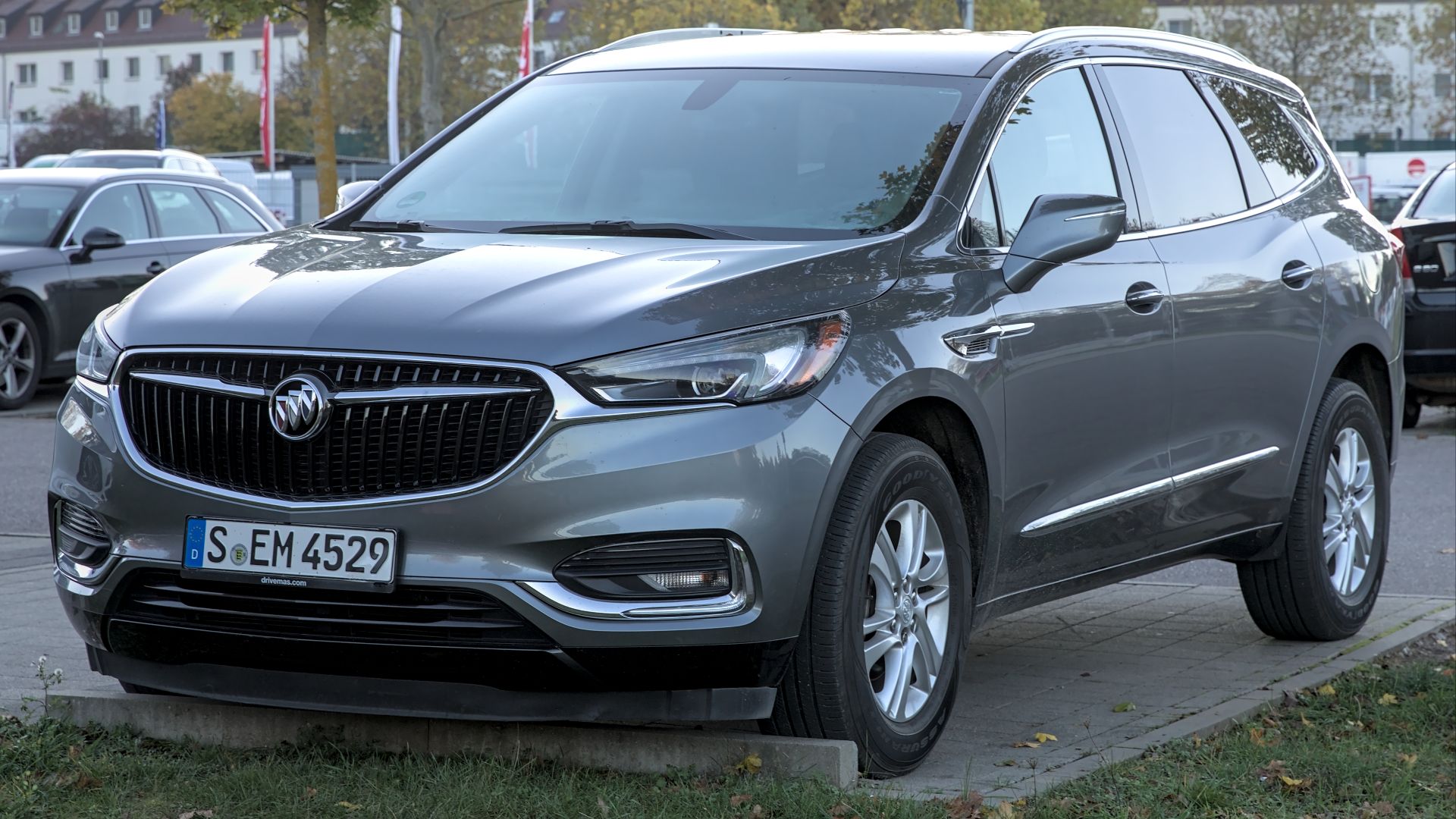 Alexander Migl, Wikimedia Commons
Alexander Migl, Wikimedia Commons
Mini Countryman
The Mini brand has a cache that is perhaps masking some flaws, particularly when it comes to comfort and ease of driving. There are some ergonomic issues with an offset steering wheel and low ceilings making driving long distances uncomfortable. As a daily car, these issues are a significant flaw.
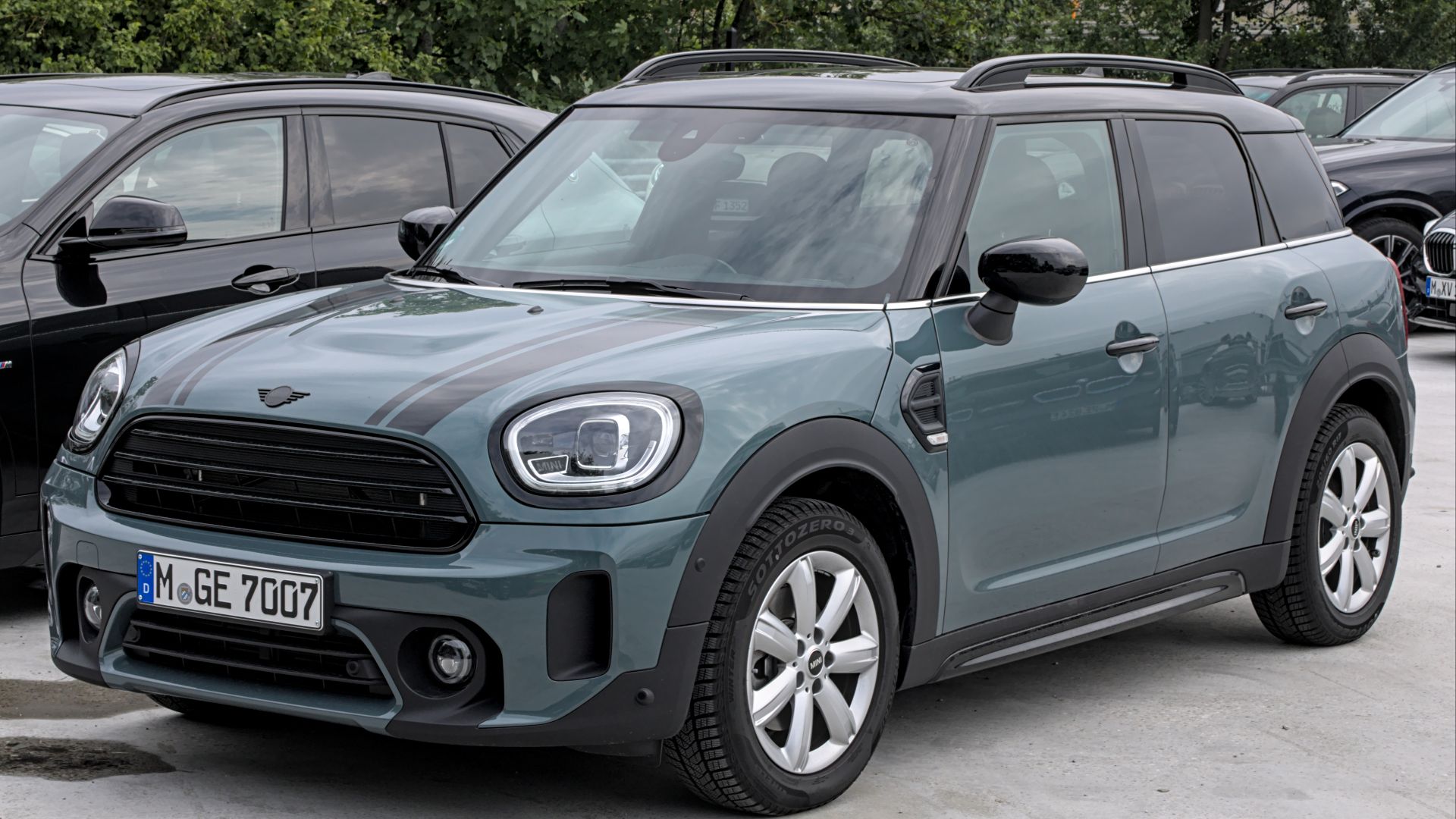 Alexander Migl, Wikimedia Commons
Alexander Migl, Wikimedia Commons
Mini Countryman
For the high expectations that come with the Countryman, things like hard plastics in the interior fail to justify the premium price. A high cargo load makes things more difficult, and the space design is inadequate.
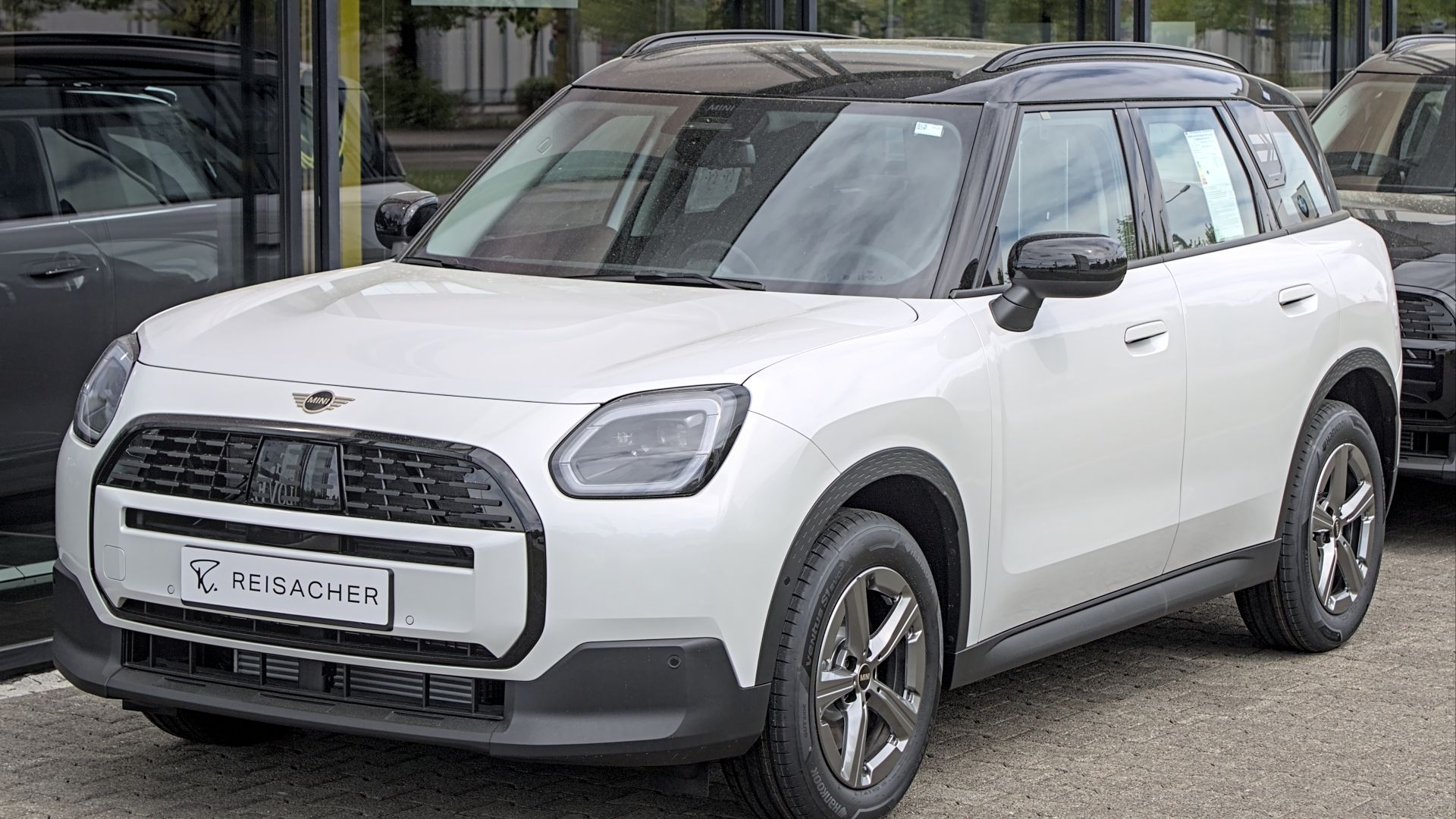 Alexander-93, Wikimedia Commons
Alexander-93, Wikimedia Commons
Buick Envision
The maintenance costs of the Buick Envision are far lower than the average in its class. But when balanced out with some reliability issues, this may be of concern in the long run. There have been significant issues with body hardware, including windows and locks.
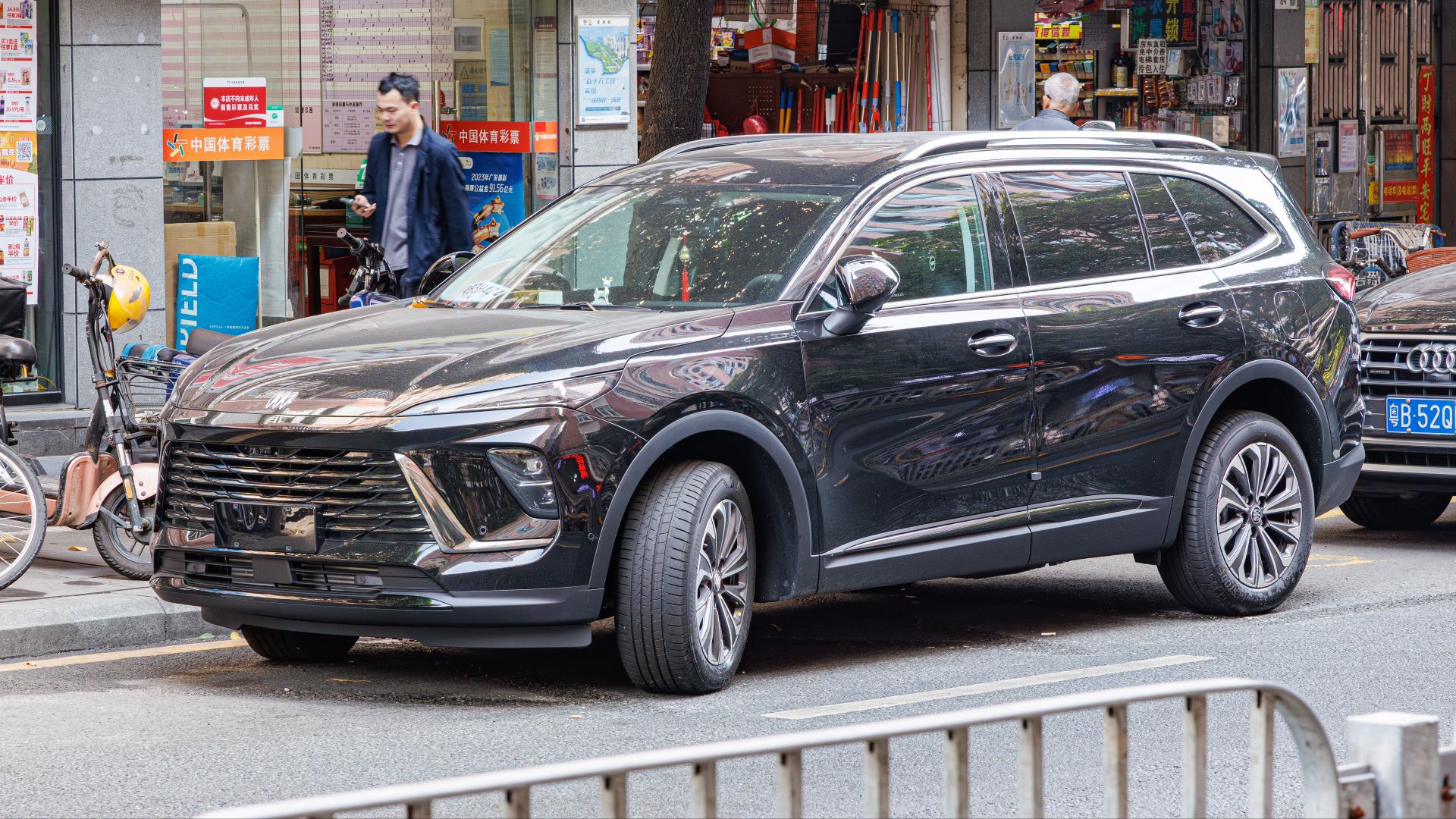 Dinkun Chen, Wikimedia Commons
Dinkun Chen, Wikimedia Commons
Buick Envision
Add to that some electrical issues, problems with dash lights, and heated seats that malfunction, making maintenance a constant worry. Positioning itself as a premium in the market cannot be justified with these numerous issues.
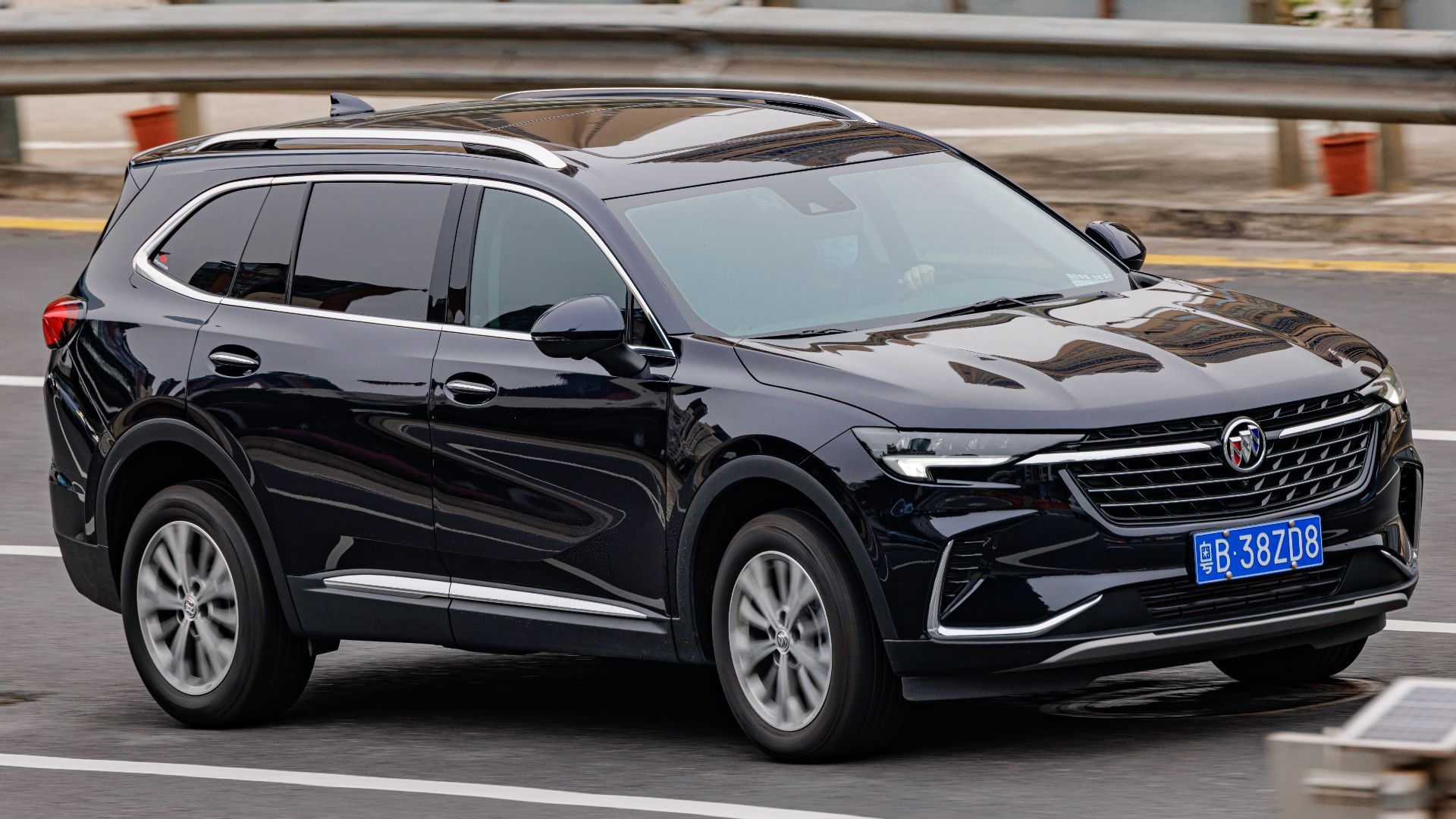 Dinkun Chen, Wikimedia Commons
Dinkun Chen, Wikimedia Commons
Mazda CX-9
The luxury positioning of the Mazda CX-9 makes for a significant cost factor. With issues around the need for major repairs, this high price tag may not be justified. The interior design is also a problem—the third-row seating is simply not suitable for adults.
 Jakub Flyz1 Maciejewski, CC BY-SA 3.0, Wikimedia Commons
Jakub Flyz1 Maciejewski, CC BY-SA 3.0, Wikimedia Commons
Mazda CX-9
There are also fuel efficiency problems and it falls short of EPA estimates in consumption. The high cost of maintenance and the prohibitive fuel costs make this less desirable as a family vehicle. The lack of adequate storage is also a big problem.
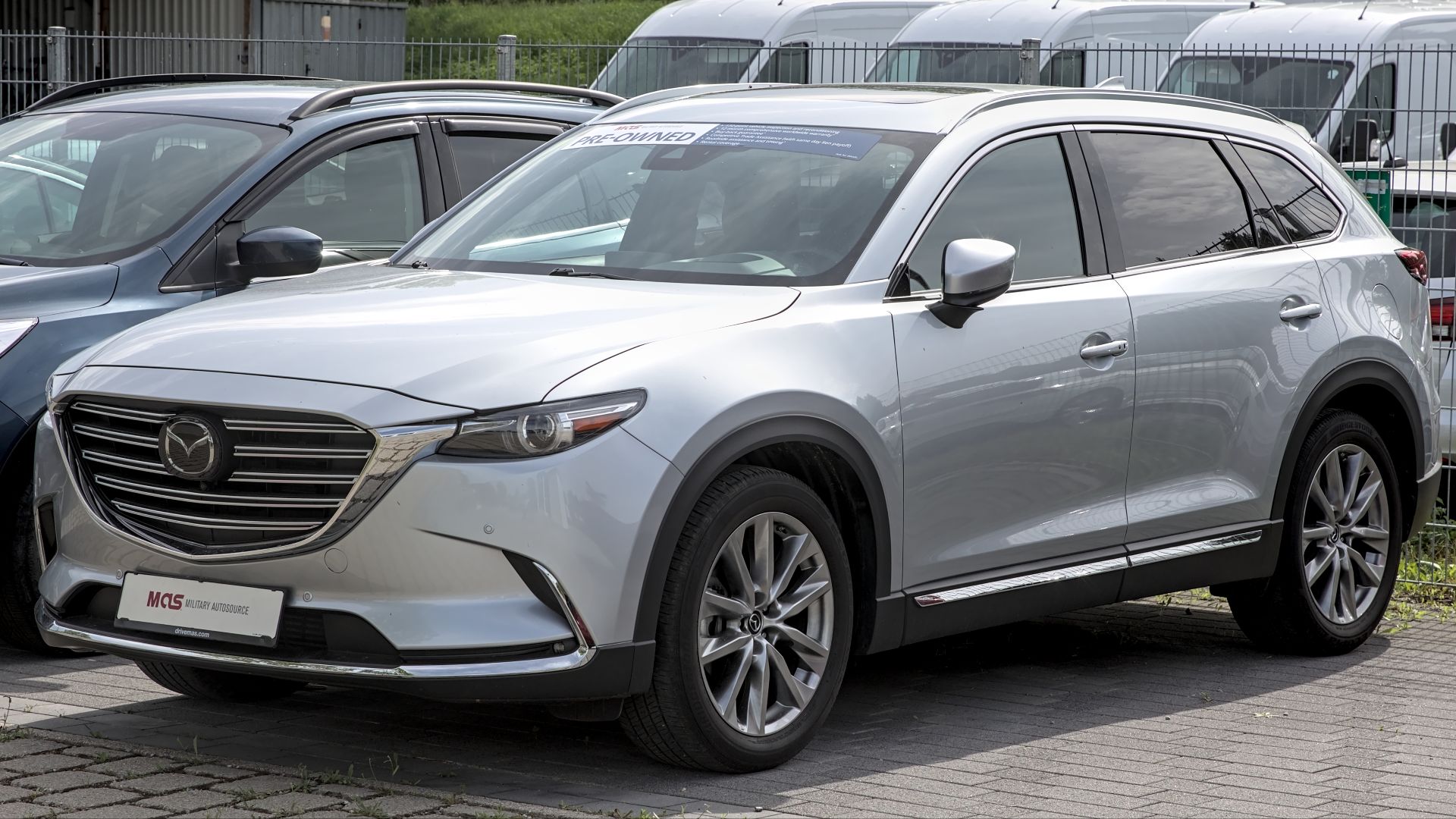 Alexander Migl, Wikimedia Commons
Alexander Migl, Wikimedia Commons
Nissan Pathfinder
There are numerous reliability issues with the Nissan Pathfinder. This has been an ongoing problem over the years with this model. Transmission failure, navigation system malfunctions, and stalling often plague the Pathfinder.
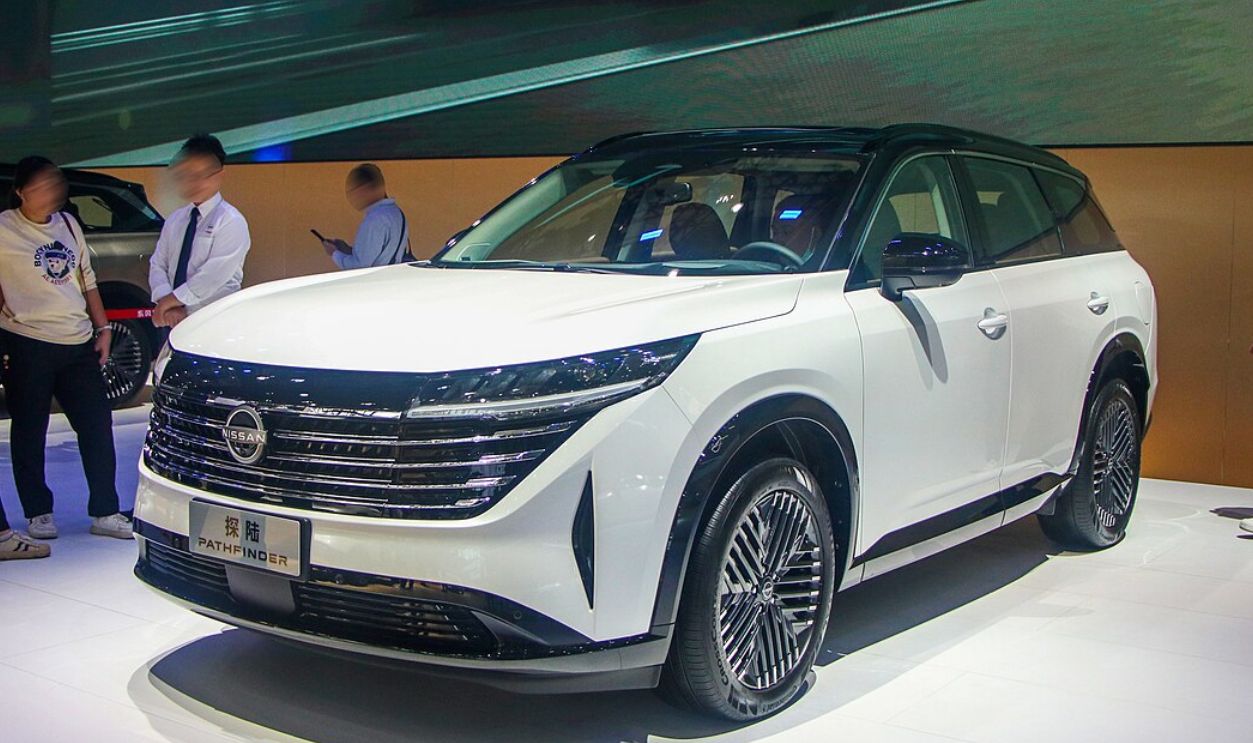 Nissangeniss, CC BY-SA 4.0, Wikimedia Commons
Nissangeniss, CC BY-SA 4.0, Wikimedia Commons
Nissan Pathfinder
The models from 2013-2016, in particular, show premature wear on chain guides. Persistent rattling and trapping noises can be heard coming from the engine as a result. There are also fuel system issues, and the automatic start/stop system can experience problems.
Nissan Pathfinder
The interior is lacking in the comfort found in competitors in its class. Transmission problems can be costly, and the overall fuel efficiency is weak. With poor reliability and considerable overall costs, the Pathfinder may not be a good choice given the competitive choices of midsize SUVs available.
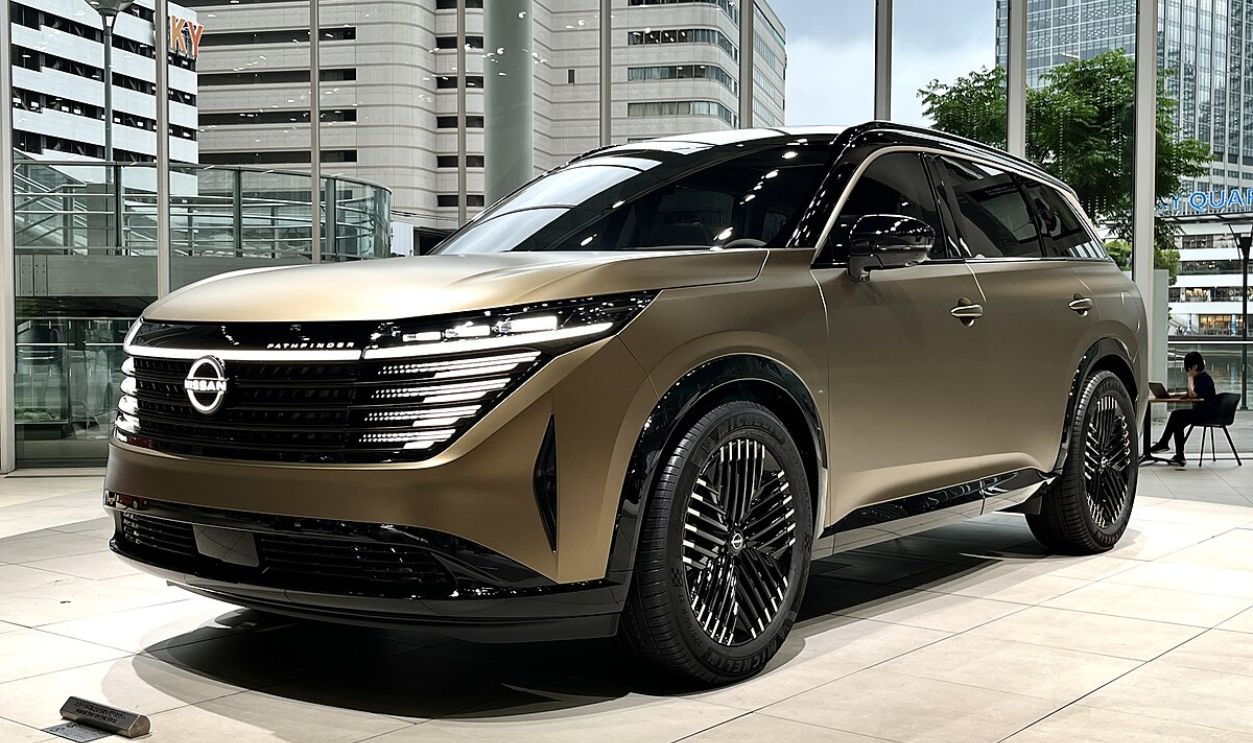 Kazyakuruma, CC0, Wikimedia Commons
Kazyakuruma, CC0, Wikimedia Commons
You May Also Like:
The Most Popular Cars In Every State. Do You Own One?
13 Trucks That Actually Have Room For Three Passengers—And 12 That Absolutely Don't


